International scholar panel show creativity is action, not just thinking.
The European Collaborative on Creativity Conference brought together a group of international scholars to put together a puzzle of creativity, building from neuroscience to cultural influences.
The scholars challenged the common tendency to equate creativity with thinking of new ideas. Creativity is much broader than coming up with ideas; most importantly, creativity in action.
What does it mean that creativity is action? It means that creativity goes beyond thinking, as commonly thought by laypeople and implicit in the choices of creativity researchers. Creative thinking tasks are the most common measures in experimental studies (studying many questions, from the role of mood to effects of multicultural experiences on creativity) and applied research (such as testing the success of creativity training programs).
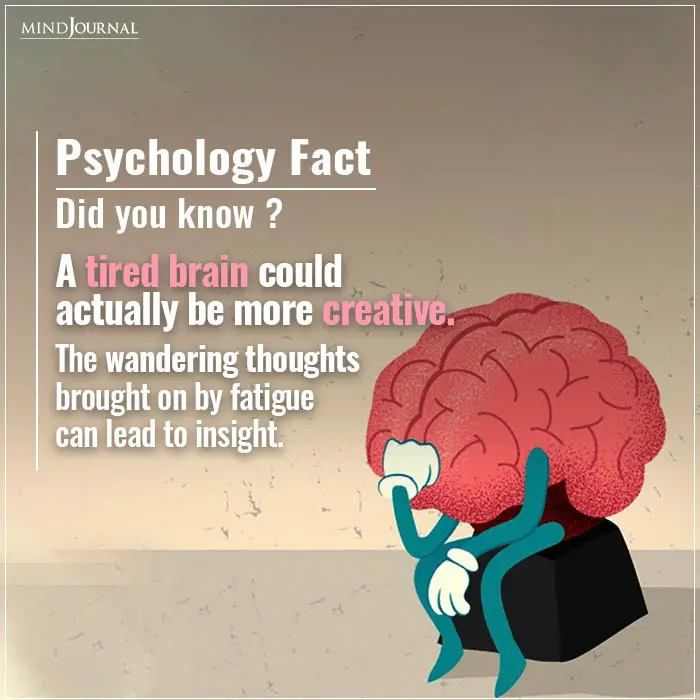
However, creators don’t stop there. Ludwig van Beethoven didn’t only come up with tunes, but he wrote nine symphonies. Agatha Christie didn’t just have an idea for stories about an eccentric Belgian detective, but she painstakingly worked on each of 33 Poirot novels.
Scientists tend to think that there isn’t anything more practical than a good theory. So let me take you on a tour of the theoretical definition of what creativity is and how we should study it through the example of the role of emotions and emotional intelligence in creativity.
Related The 3 Defining Qualities of Highly Creative People
Creativity Affects How People Relate To Themselves, Others, And The World
Creativity changes the individual and contributes to their well-being. For instance, creativity in how people deal with challenging emotional situations can make them more successful in addressing these challenges 1. An adolescent who responds to a school dance being canceled by organizing a protest or organizing a dance in a park is more likely to manage their frustration and disappointment successfully than someone who responds by letting off steam by punching a bag. Similarly, everyday creative activities predict personal growth 2, a component of psychological well-being.
The creative activity also changes the world. We can easily think of examples of how the world was changed by great works of art (introduction of perspective in renaissance art!) or science (penicillin!). Perhaps less obviously, creativity also changes the world through social movements that change society itself. This creativity can pull in previously excluded people (from the emancipation proclamation including former slaves to contemporary social movements aiming to create greater equity in education and the workplace).
Related 5 Simple Habits That Will Make You A Creative Genius
We Cannot Talk About Creativity As A General Unified “Thing”
Creativity is not unitary. Rather, we can learn about specific aspects of creativity. As we developed a model describing the role of emotions in creativity – 3, we describe what can be learned from different aspects of creativity.
What creative work people choose is predicted by their emotional traits – such as interests and passions. Quick generation of creative ideas is related to people’s current mood. Positive and energized moods are beneficial for performance in quick brainstorming sessions (that take 3-4 minutes), but these moods cease to be relevant for creative thinking that takes more than a few minutes 4.
The ability to successfully manage emotions becomes an important predictor of student creativity rated by their peers 5. All of those aspects – decision of what kind of work to pursue, generating ideas, being recognized as creative by others – contribute to understanding creativity, but depend on different traits and abilities.
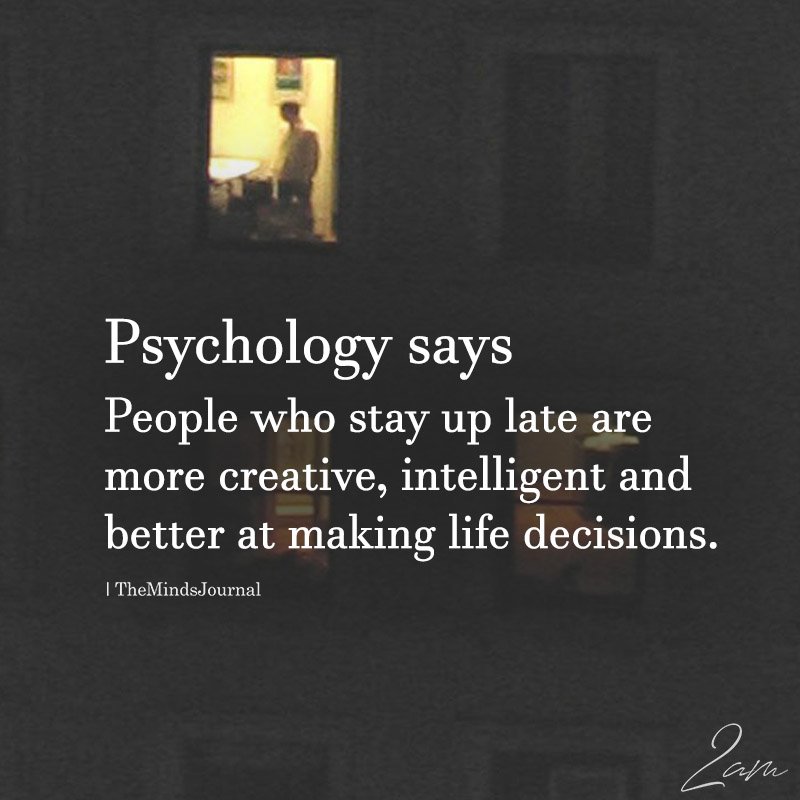
We need to learn from both qualitative and quantitative studies
A recent study at the Yale Center for Emotional Intelligence shows different lessons from quantitative vs. qualitative methods. We surveyed artists – painters, sculptors, photographers, creative writers, musicians, choreographers – and asked them about their emotions in the creative process. As in many previous studies, artists rated positive emotions of interest, curiosity, love, and happiness as most common in their work.
However, when we asked them to describe emotions relevant to their work in their own words, a more complex picture emerged. A photographer, for instance, mentioned grief, sorrow, fear, sadness, horror, anger, hope, and remembrance, and a choreographer mentioned anger, frustration, hope, and strength as driving their work. Such qualitative descriptions provide vivid pictures of lived creativity and can enrich our ideas for future quantitative research.
Creativity Is Relational
Creativity does not happen in a social vacuum. We found that emotional intelligence is not related to standard tests of creative thinking. In other words, being able to accurately perceive emotions, understand causes and consequences of emotions, and manage emotions does not predict creativity of ideas on tasks asking for different uses for a brick or a tin can 6. This makes sense. Being more effective in thinking about emotions does not help on tasks devoid of emotion and outside of any social context.
However, in everyday life, many problems are not free of emotion, and creativity is expressed in the social context. When we study creativity in everyday life, emotional intelligence abilities to successfully manage emotions are relevant5. In one study we defined creativity in a relational way – as observed in behavior by those in one’s immediate environment.
We asked high school students who are their most creative peers and we asked their teachers to indicate students who are most persistent and passionate about their interests. The study showed that students’ ability to manage emotions predicted their persistence and passion, which in turn was related to observed creativity. This was the strongest among students who were predisposed for creativity.
Read 5 Step Guide To Help Parents Raise Creative Kids
Creativity Includes Psychological, Behavioral, And Cultural Factors
It comes naturally to think of creativity as a psychological phenomenon – it involves thinking, personality, motivation, and emotion. We know that creators tend to be open to new experiences (they are curious, flexible, imaginative), that they tend to be motivated by enjoyment and challenge in what they do (intrinsic motivation), and that they can think broadly to search for ideas, as well as narrow those ideas down to successfully pick the best ones.
Creativity without action stays in the realm of imagination and dreams. Actions bring ideas to life as performances (telling a story at an open-mic event, playing music with one’s band) or products (writing an essay for school or writing a scientific paper, building an app to deliver food from local restaurants, sawing a vintage-inspired dress). Successful creative action will depend on how we regulate the many ups and downs of the creative process 7.
Read The 5 Most Creative Zodiac Signs
Finally, creativity is cultural and bound by history. As the conference met at the Marconi Institute near Bologna, Italy, where Guglielmo Marconi made his first wireless transmission, we were reminded that in the late 19th century this was the cutting edge technology. Today, the cutting-edge technologies might pertain to artificial intelligence. In the United States, we tend to celebrate disruptive creativity, but that is not a universal ideal. In Japan, for instance, systematic incremental improvements are valued instead of disruptive creativity 8.
To understand creativity, we need to learn about psychological, behavioral, and cultural factors that affect the process from approaching problems to generating ideas, selecting ideas, and maintaining effort towards realizing ideas.
References 1. Ivcevic, Z., Bazhydai, M., Hoffmann, J. D., & Brackett, M. A. (2017). Creativity in the domain of emotions. In J. C. Kaufman, J. Baer, & V. Glaveanu (Eds.), Cambridge Handbook of Creativity Across Different Domains (pp. 525-548). New York: Cambridge University Press. 2. Ivcevic, Z. (2007). Artistic and everyday creativity: An act-frequency approach. Journal of Creative Behavior, 41, 271-290. https://doi.org/10.1002/j.2162-6057.2007.tb01074.x 3. Ivcevic, Z., & Hoffmann, J. D. (2019). Emotions and creativity: From process to person and product. In J. C. Kaufman & R. S. Sternberg (Eds.). Cambridge Handbook of Creativity (pp. 273-295). New York: Cambridge University Press. 4. Baas, M., De Dreu, C. K. W., & Nijstad, B. A. (2008). A meta-analysis of 25 years of mood-creativity research: Hedonic tone, activation, or regulatory focus? Psychological Bulletin, 134(6), 779–806. DOI:10.1037/a0012815 5. Ivcevic, Z., & Brackett, M. (2015). Predicting creativity: Interactive effects of Openness to Experience and Emotion Regulation Ability. Psychology of Aesthetics, Creativity and the Arts, 9, 480-487. http://dx.doi.org/10.1037/a0039826 6. Ivcevic, Z., Brackett, M. A., & Mayer, J. D. (2007). Emotional intelligence and emotional creativity. Journal of Personality, 75, 199-235. https://doi.org/10.1111/j.1467-6494.2007.00437.x 7. Ivcevic, Z., & Nusbaum, E. C. (2017). From having an idea to doing something with it: Self-regulation for creativity. In M. Karwowski & J. C. Kaufman (Eds.), The creative self: How our beliefs, self-efficacy, mindset, and identity impact our creativity (pp. 343-365). San Diego, CA: Academic Press. 8. Proctor, T., Tan, K. H., & Fuse, K. (2004). Cracking the incremental paradigm of Japanese creativity. Creativity and Innovation Management, 13(4), 207-215. https://doi.org/10.1111/j.0963-1690.2004.00310.x
Written by: Zorana Ivcevic Pringle Originally appeared on: Zoranaivcevicpringle.com Republished with permission.
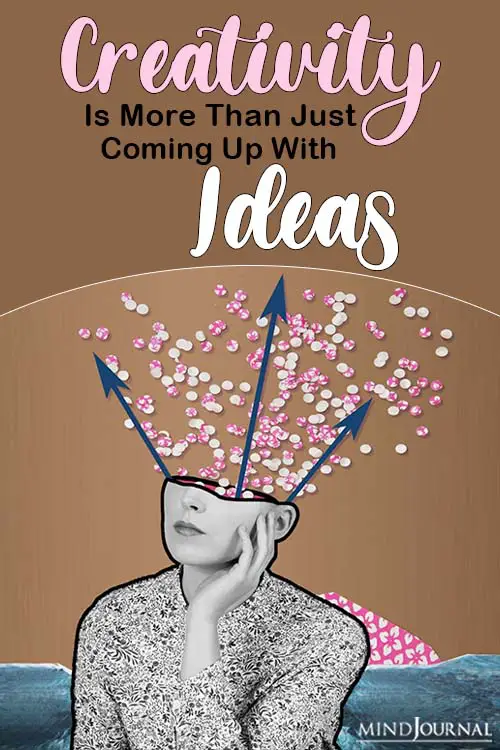
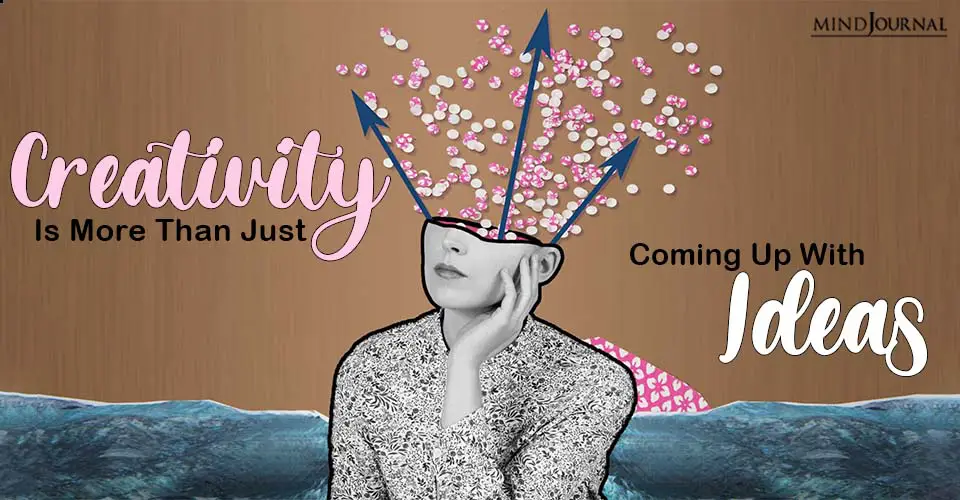
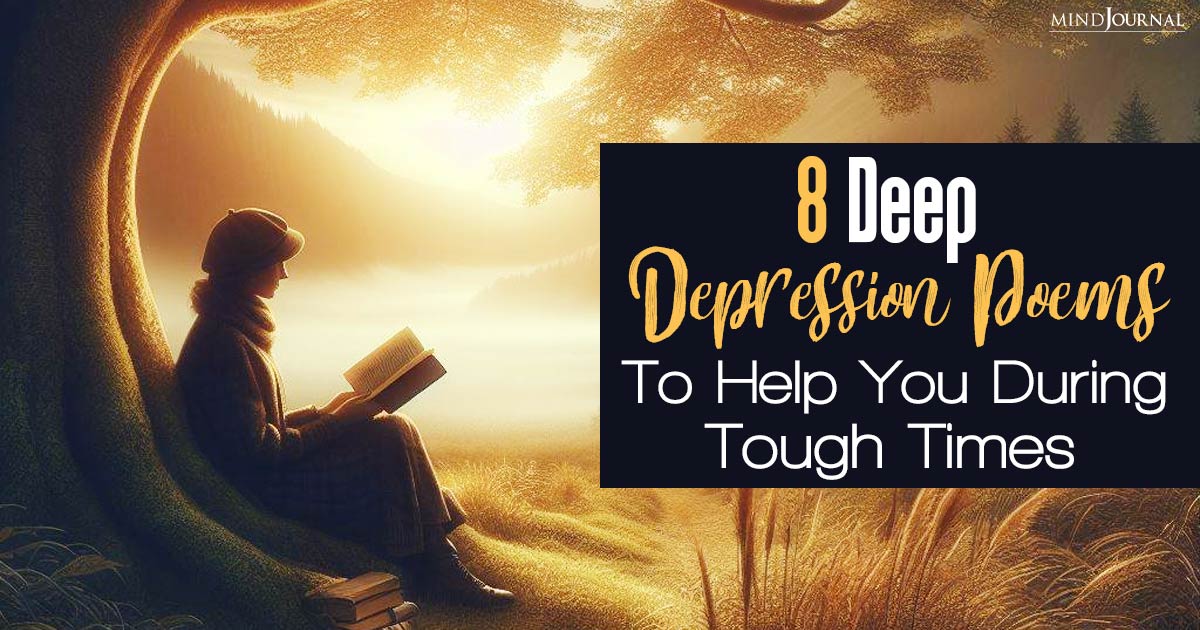
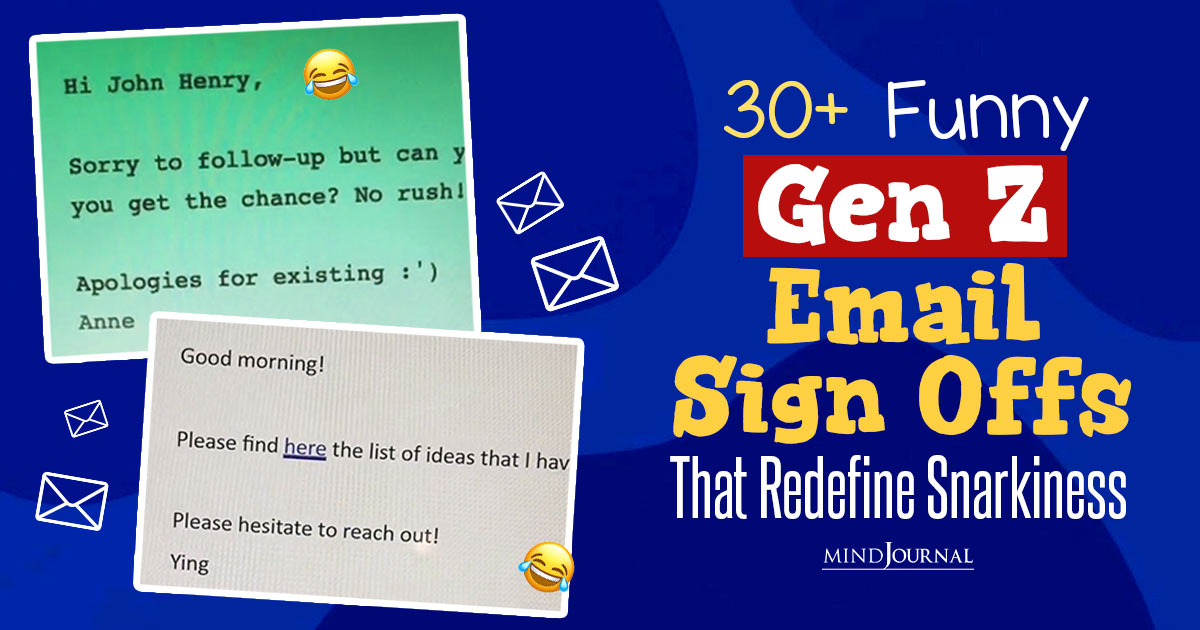
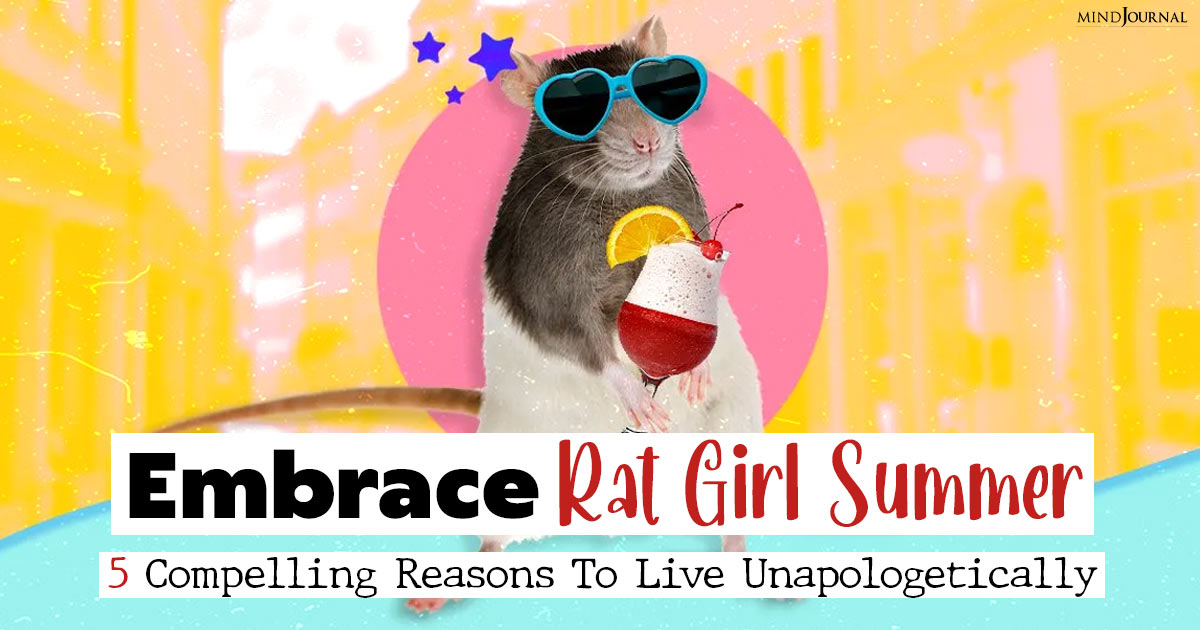

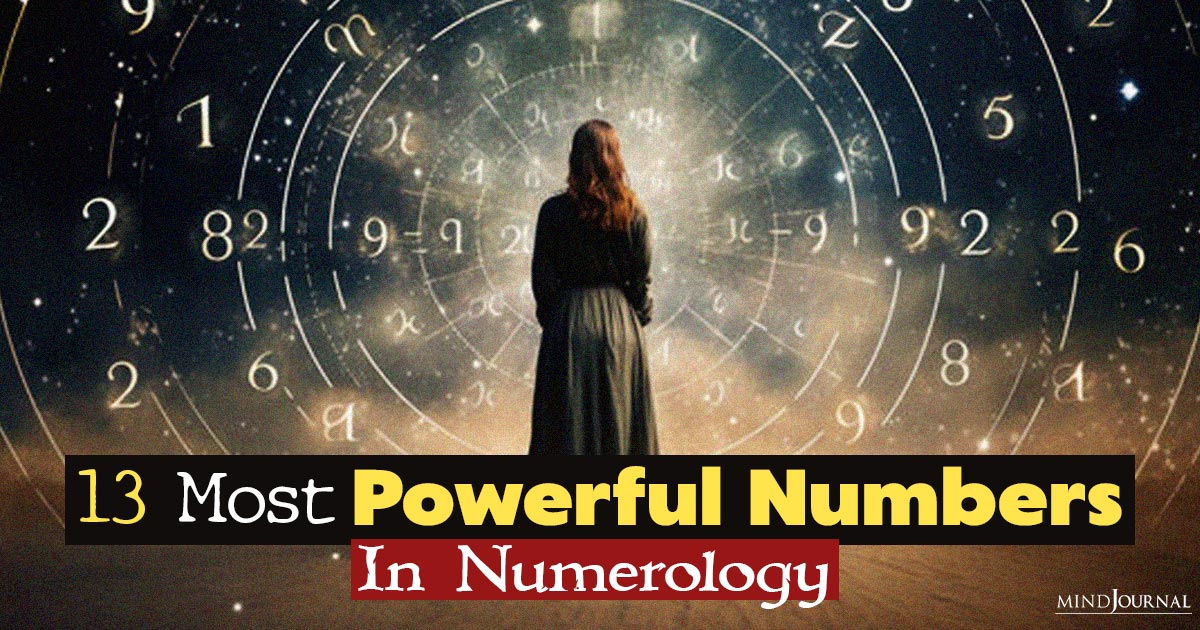

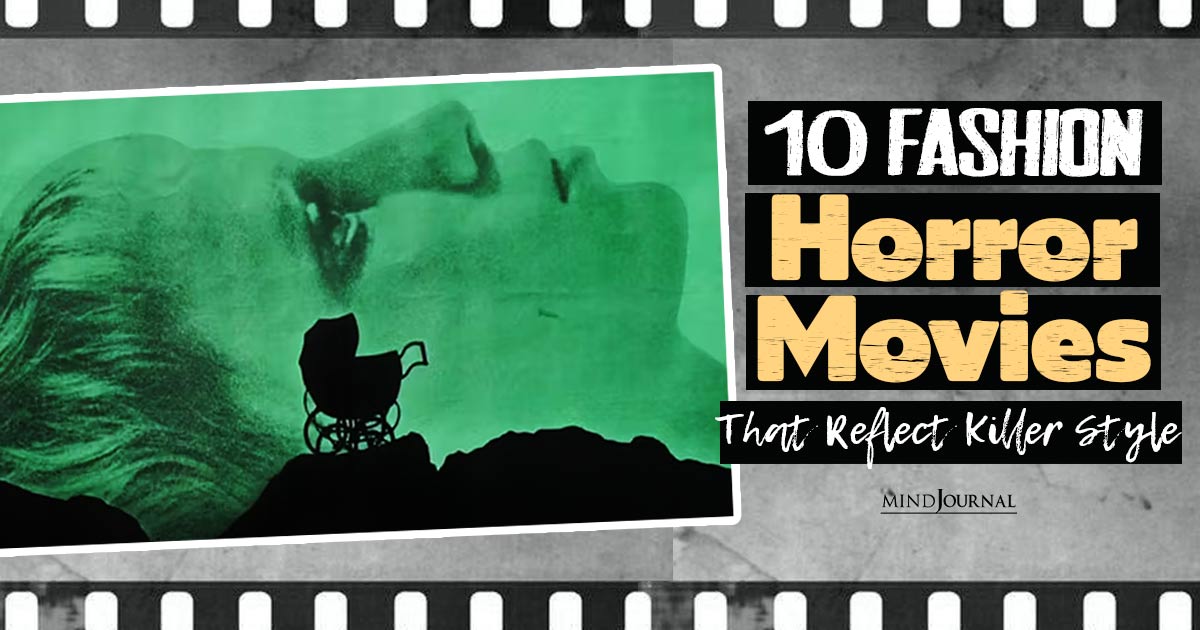
Leave a Reply
You must be logged in to post a comment.